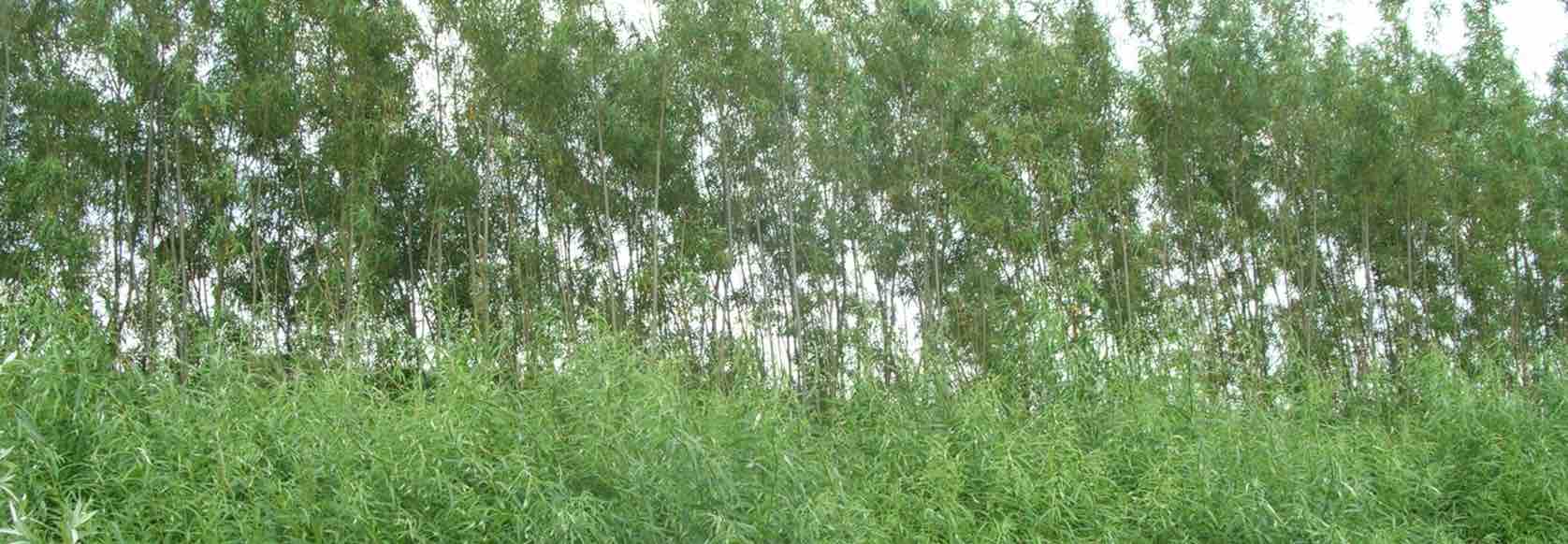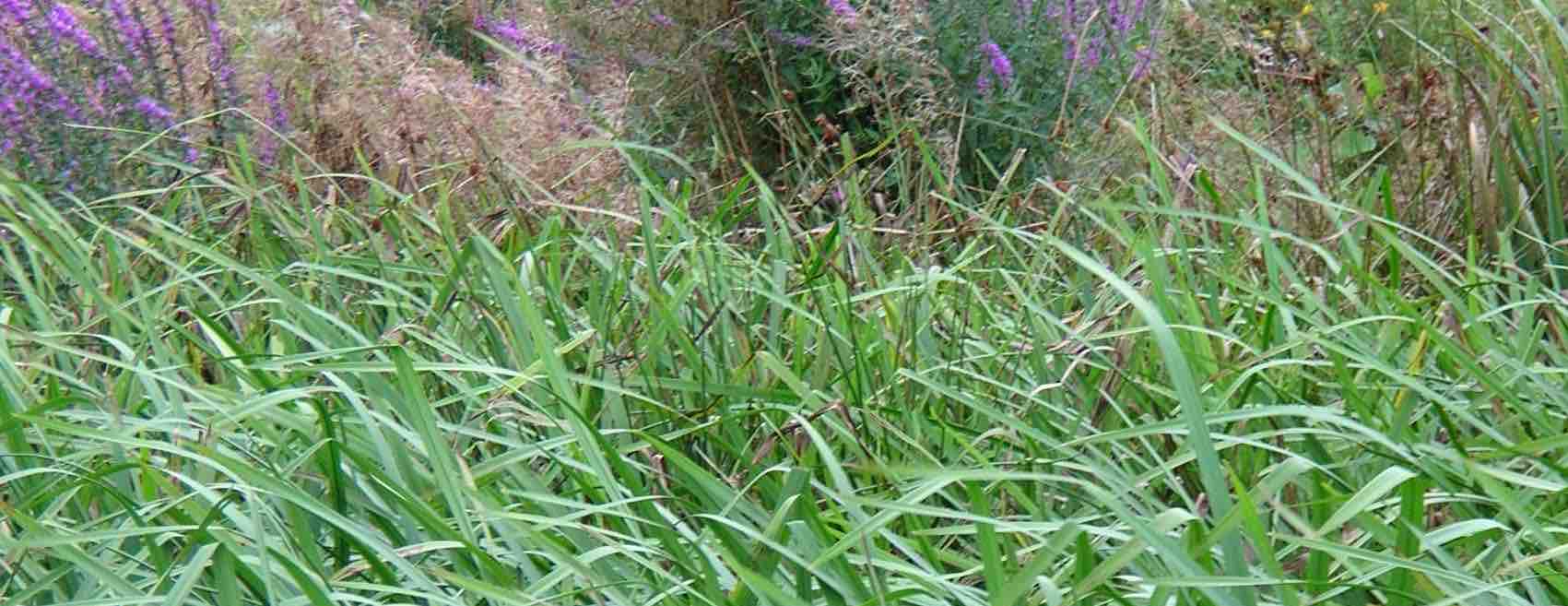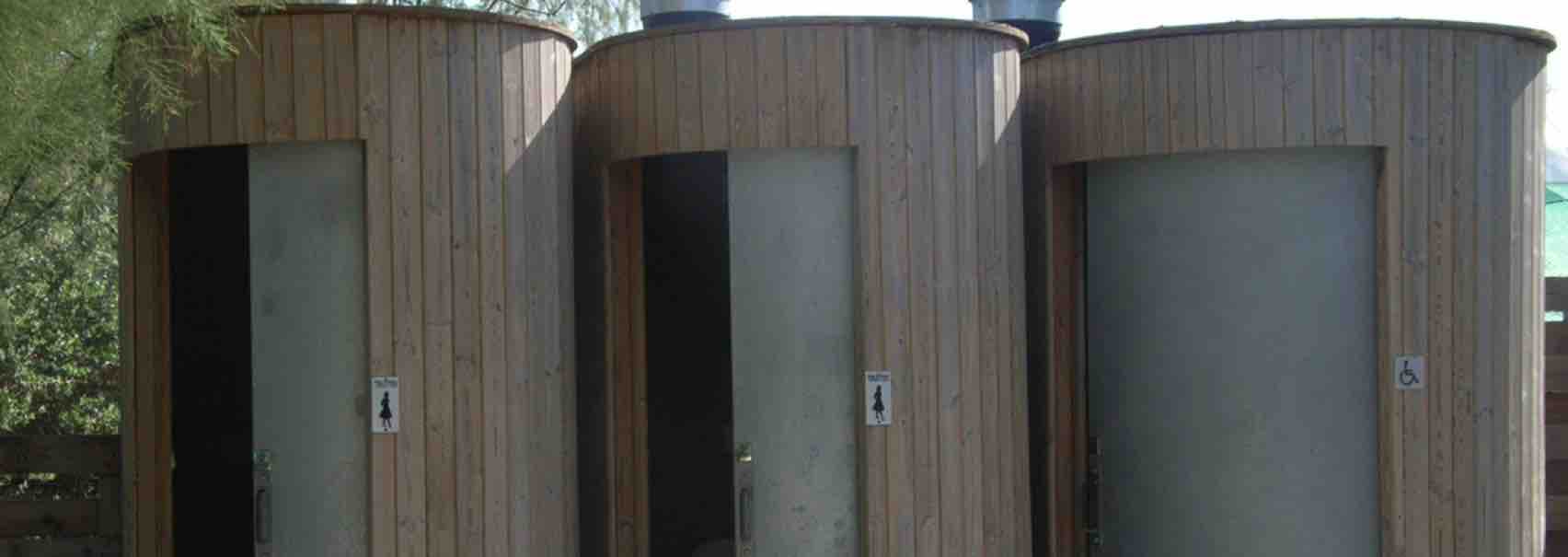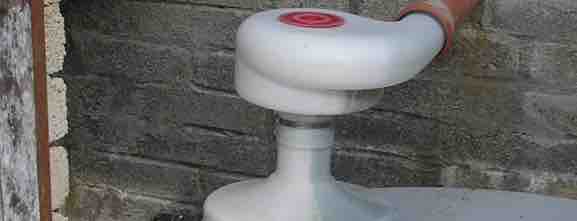
Keeping freshwater clean starts at source - whether that is the farmland through which the first springs and drains flow or from the "spring" that is our toilet or kitchen sink, flowing down to our percolation area or town sewer and on to our local river. Many conventional sewage treatment methods offer excellent filtration properties, but can be expensive and energy intensive to implement and maintain. Here is a list of eco-friendly options for treatment of domestic septic tank effluent, municipal sewage, industrial effluents and farmyard runoff that offers not only excellent treatment, but also habitat value, low energy input and carbon sequestration.
Due to high demand on time, FHWS is not currently taking new clients for eco-friendly sewage treatment design or planning work. However we still supply the following to help you move forward with your project in an eco-friendly way:
The information below can help provide an initial overview of some of the options available:
Constructed Wetland Systems and Reed Beds can achieve high wastewater treatment standards with less energy input than mechanical treatment. They can be used for a wide variety of sites including single houses or housing estates and municipal sewage treatment, as well as industrial and agricultural applications. They are ideally suited to sites with seasonal flows, or challenging ground conditions. They can be particularly effective and low-cost on existing sites with heavy clay soils.

Due to high demands on time FHWS now focuses more on consultancy and plant supply rather than one-off designs. We can offer consultancy on system selection and point you towards our books, training workshops or other designers to help you get your project started.
Download further information on Reed Bed & Wetland Options.
These are willow planted treatment areas that may be fully contained with a plastic liner (zero discharge systems) or unlined depending on the site specific conditions and requirements.

Zero Discharge Willow Facilities are typically plastic lined, soil filled basins that rely upon the willows for 100% evapotranspiration of septic tank effluent. They are typically 6m wide and vary in length from 35-75m depending on local rainfall, evapotranspiration rates and water use in the home. These are excellent for environmental protection, but expensive to build due to their large size.
Unlined willow filters are typically designed to enhance nutrient uptake as compared with standard systems. These may be set out as EPA Code compliant infiltration areas, except that the piping layout uses a trench infiltrator type set-up rather than perforated piping - thus allowing for willow planting without leading to pipe clogging. System sizes are as per EPA Code of Practice (2021) for infiltration areas, with modifications to the layout shape to enhance nutrient uptake. They may be increased in size to provide zero discharge to ground or surface waters where required. They are lower cost to build due to the lack of a liner, while still providing excellent protection of underlying groundwater or nearby streams.
Download further information on Willow System Options.
Over the past thirty to forty years many environmental education/research organisations have examined and experimented with alternatives to the flush toilet. The principle reasons for avoiding the use of flush toilets are typically summarised as follows:
1. They are very wasteful of clean water resources (and the energy used in water supply);
2. They are polluting of fresh water in the receiving environment;
3. They are wasteful of nutrient rich organic matter which would otherwise be reintroduced into the soil.
As a result of this work there is a large research base and extensive wealth of experience throughout the world in the area of dry toilet systems.

The flush toilet is a relatively recent innovation, and one with some significant drawbacks in terms of water pollution potential and soil nutrient removal, as well as being relatively resource and energy intensive in its infrastructure. Beign land mammals, it makes a lot of sense to turn to compost systems as we look increasingly towards the implementation of regenerative solutions for our future.
If you want to use a compost toilet system in your house, school, scout camp, campsite, training centre or university campus (it's been done!) FHWS can provide advice and guidance and help with the system selection process.
Grey water from sinks, wash-hand basins, baths, showers and washing machines will still need to be addressed, even if you have a compost toilet system in place. The wetland and willow solutions outlined above will all work, and allow a size reduction (40% for a domestic dwelling or more for areas where only hand-washing is required) proportional to the water savings involved.
Download further FHWS Dry Toilet Information. For information on emergency toilets for disaster relief projects click on our freely available DIY resources page.
If you already have or want a flush toilet, another approach to composting humanure is to use source separation system to recoup valuable biomass and/or nutrients.
For in-sewer humanure separation, the Swedish Aquatron unit is probably the most advanced option. This works by gravity alone to divert faecal solids and paper for composting; routing flush water on for treatment. Another effective and low-cost approach is a composting flush toilet pioneered by Anna Edey of Solviva in the US.

Urine diversion can be achieved using a Dubbletten toilet from Norway to route "yellow water" (urine outlet pipe) separate from "brown water" (flush water and faeces minus the urine) for maturation and reuse as a balanced natural fertiliser. For other ideas on source separation technologies see the Herr website.
| Email reeds@wetlandsystems.ie to be included in our mailing list for future workshops/training seminars. Licensed under Creative Commons Attribution 4.0 International License |
Contact: +353 (0) 65 7075631
reeds@wetlandsystems.ie Knocknaskeagh, Lahinch, Co Clare, Ireland FHWS Privacy Policy |
 |
|---|